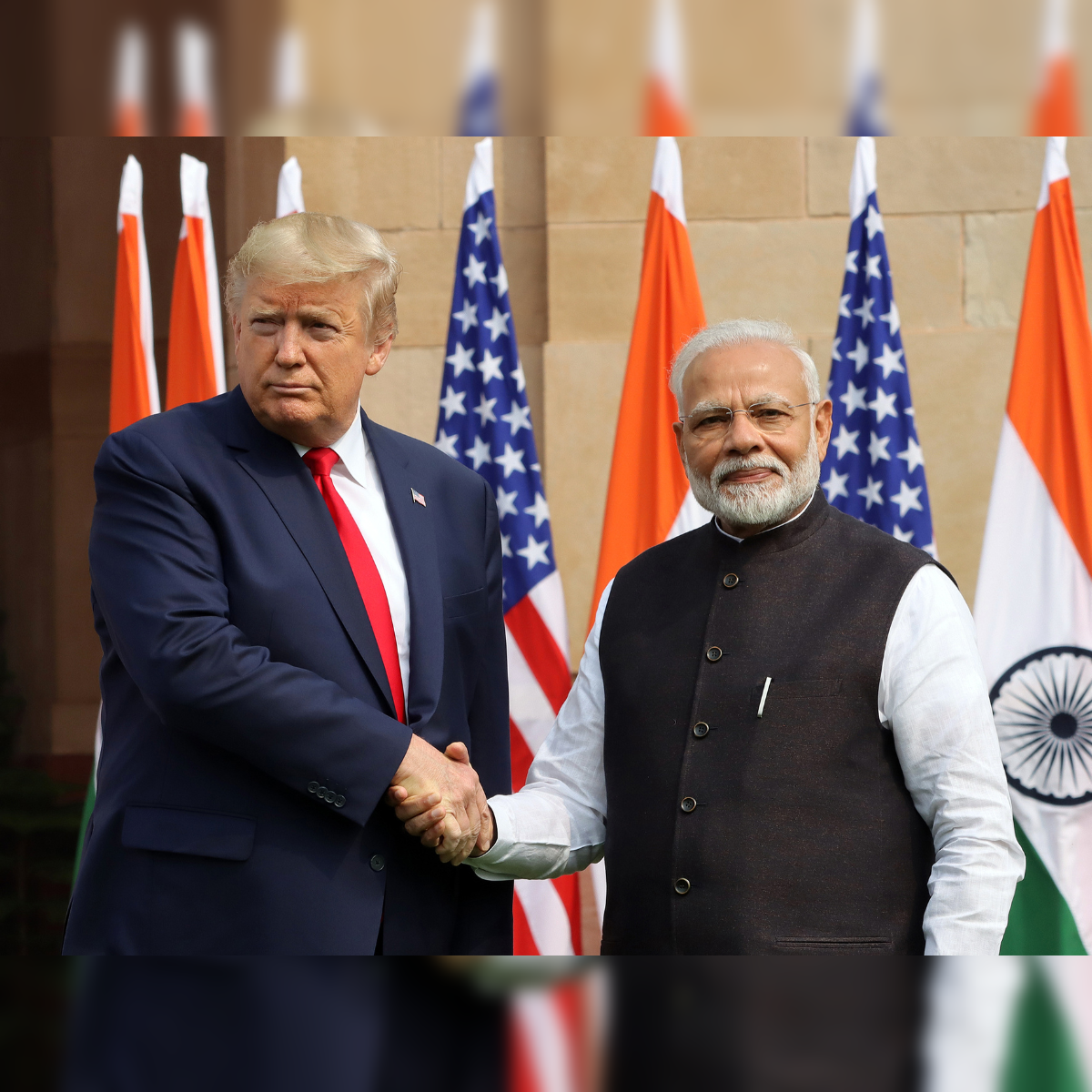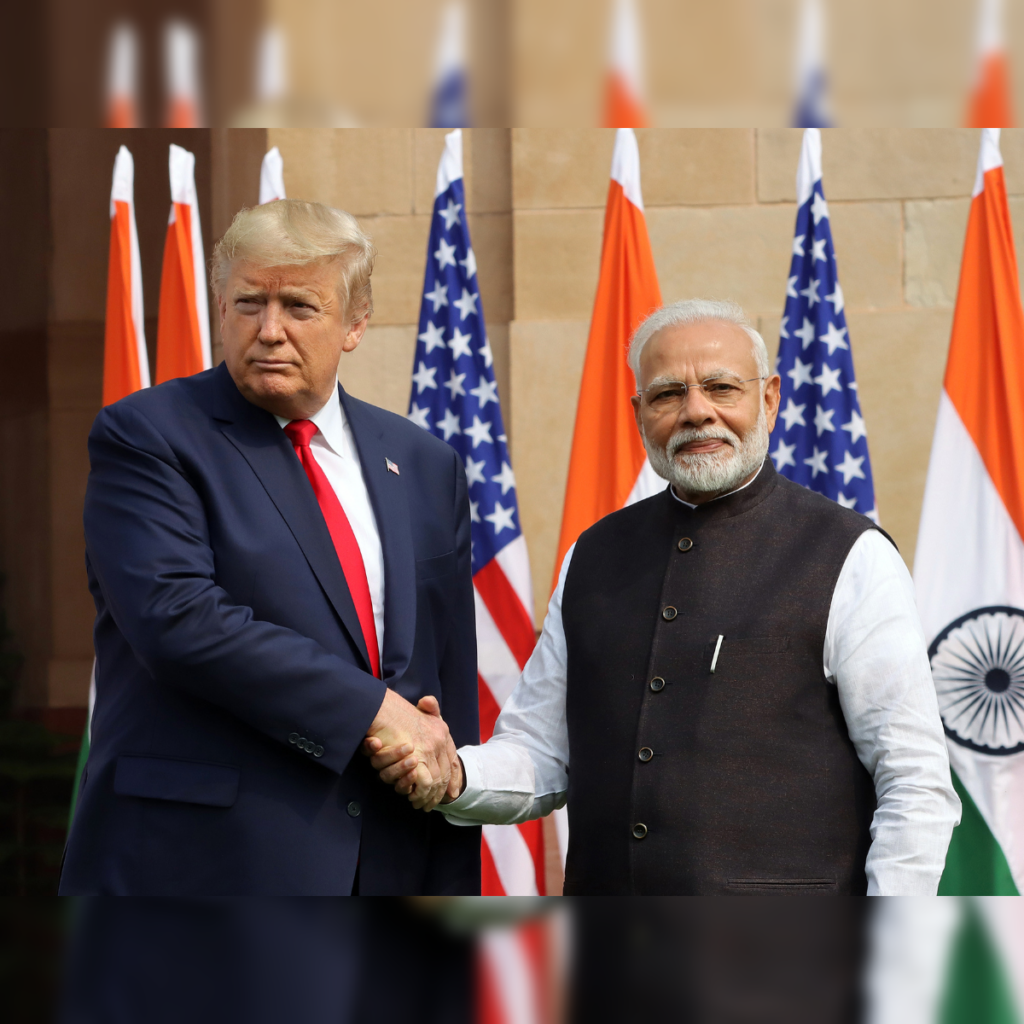

By K Raveendran
While Prime Minister Narendra Modi’s ‘friend’, the US President-elect Donald J Trump, is set to move into White House, once again, it need not be particularly beneficial for India. If anything, Trump can be said to be “anti-India” even while remaining “pro-Modi”. The camaraderie contrasts starkly with the president-elect’s anti-India economic stance, which has already manifested in threats of retaliatory tariffs and a staunch defence of the US dollar as the global currency.
Trump’s assertion stems from his dissatisfaction with New Delhi’s high tariffs on certain American products. This reflects his broader policy of prioritizing American economic interests, often at the expense of long-standing trade partnerships. For India, which is heavily reliant on exports to sustain its trade balance, such threats signal potential disruptions. A strained trade relationship with the US could exacerbate existing economic challenges, particularly when the Indian economy is grappling with a slowdown.
One significant area of concern for India lies in Trump’s unwavering support for a strong US dollar. His administration’s emphasis on defending the dollar’s position as the default global currency underscores a broader strategy to secure American dominance in the global financial system. Within days of his election, Trump issued warnings to BRICS nations, including India, against moves that could threaten the US dollar’s supremacy.
India, while diplomatically downplaying these warnings, has engaged in rupee-based bilateral trade with certain countries to reduce dependence on the dollar. However, such initiatives are in their infancy and cannot offset the broader impact of dollar-centric global trade policies.
The strength of the US dollar under Trump’s presidency has already dealt a severe blow to the rupee, which has touched historical lows against the dollar. This decline is attributed to multiple factors, including robust U.S. economic data that reinforces the Federal Reserve’s hawkish stance on interest rates.
Higher U.S. rates attract capital flows away from emerging markets like India, exacerbating the depreciation of the rupee. A weaker rupee inflates the cost of imports, particularly crude oil, thereby widening the trade deficit and fuelling domestic inflation. The Reserve Bank of India’s interventions to stabilize the currency have had limited success. Over-reliance on forex reserves to stabilize the rupee could deplete India’s reserves, leaving the economy vulnerable to external shocks.
Domestically, the Indian economy is facing significant challenges that contribute to the rupee’s decline. An economic slowdown characterized by subdued industrial output, declining consumer demand, and weakened investment sentiment has eroded confidence in the Indian economy. Slower economic growth reduces the appeal of the rupee to foreign investors, who perceive emerging markets as higher-risk during periods of uncertainty.
Additionally, India’s current account deficit, which arises when the country imports more than it exports, places sustained pressure on the rupee. With global oil prices recovering and India being a major oil importer, the demand for dollars to pay for these imports has surged, adding to the rupee’s woes. Another crucial factor is the rising inflationary pressure. Inflation erodes the purchasing power of the currency and undermines investor confidence.
Additionally, the rupee’s decline is influenced by structural issues within the Indian economy. Key indicators such as industrial output and consumer spending have shown signs of weakening. The banking sector, burdened by non-performing assets (NPAs), has limited capacity to finance growth. Despite government initiatives to recapitalize banks and stimulate lending, the pace of economic recovery remains slow. This has further dampened investor sentiment and weakened the rupee. Moreover, the ongoing transition to a digital economy, while promising in the long term, has created short-term disruptions in traditional business models, affecting overall productivity and economic output.
The impact of Trump’s policies on the rupee is further compounded by global trade uncertainties. Protectionist measures and the possibility of a trade war have created volatility in global markets, affecting emerging market currencies, including the rupee. The IT and pharmaceutical sectors, which are major contributors to India’s exports to the US, could face significant headwinds if restrictive policies are implemented.
Trade tensions between major economies, including the US-China trade war, have led to shifts in global supply chains and investor behaviour. India, as part of the global economy, is not insulated from these effects. The heightened risk aversion among global investors has led to a preference for safe-haven currencies like the US dollar, putting additional downward pressure on the rupee.
The strengthening of the US dollar under Trump’s presidency, coupled with domestic economic challenges and global uncertainties, has created a challenging environment for the Indian currency. While India has taken steps to mitigate some of these pressures, such as promoting rupee-based trade and stabilizing the forex market, the path to a stable and strong rupee requires addressing underlying structural issues within the economy and adapting to the evolving global landscape. For India, navigating the complexities of Trump’s presidency poses formidable challenges and there is very little Modi can do to influence Trump’s thinking, notwithstanding the highly overstated friendship between the two. (IPA Service)


